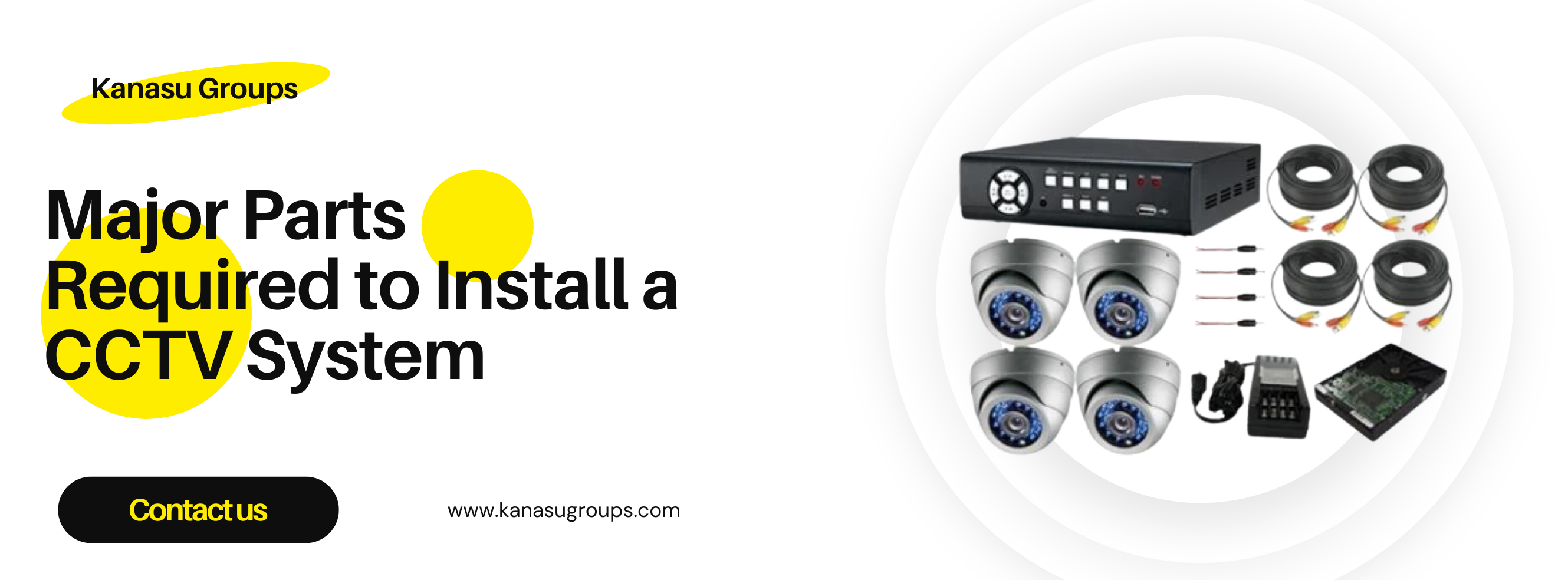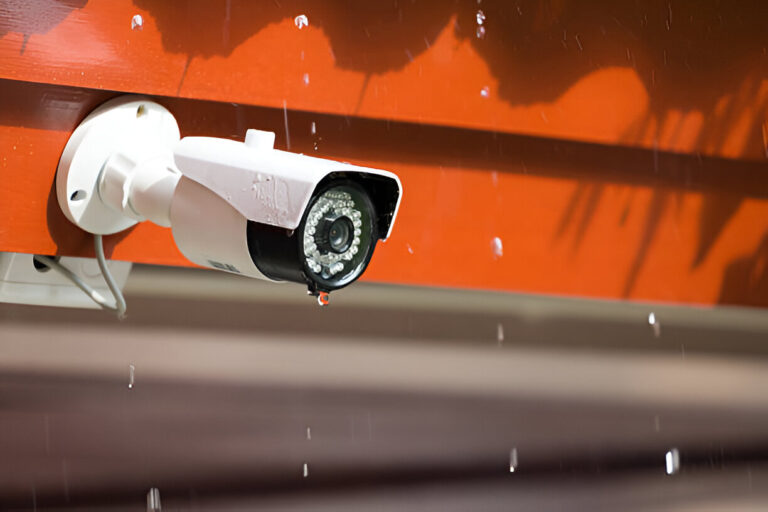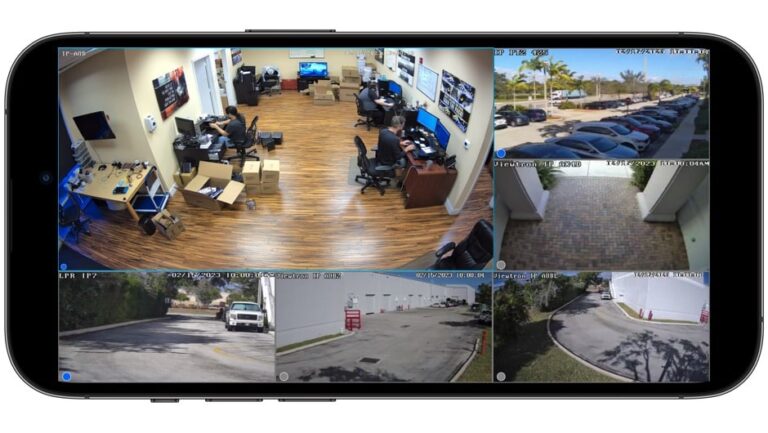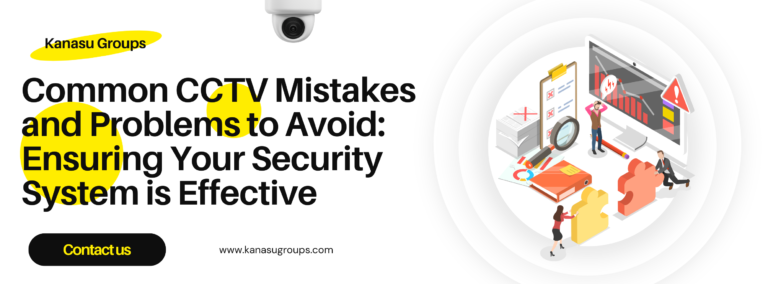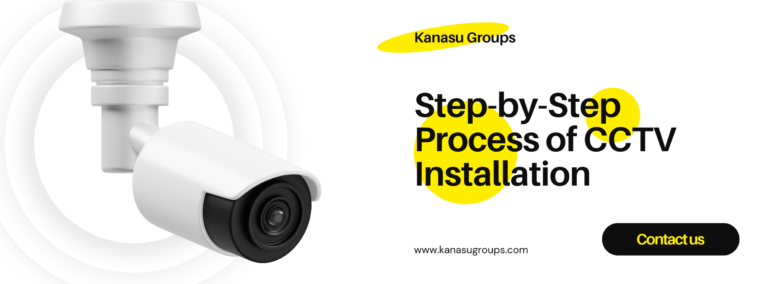Major Parts Required to Install a CCTV System
Installing a CCTV system involves various essential components that work together to provide effective surveillance. Each part plays a critical role in ensuring the system functions properly, delivering clear footage, and maintaining security. Whether for home or business use, understanding these key components is crucial for choosing the right CCTV setup. In this blog, we…
Installing a CCTV system involves various essential components that work together to provide effective surveillance. Each part plays a critical role in ensuring the system functions properly, delivering clear footage, and maintaining security. Whether for home or business use, understanding these key components is crucial for choosing the right CCTV setup.
In this blog, we will highlight the major parts required to install a CCTV system and how they work together to enhance your security.
- CCTV Cameras
The most visible and important component of any CCTV system is the camera. Cameras capture video footage, which is then transmitted to a recorder for storage and viewing.
- Types of CCTV Cameras:
- Dome Cameras: Suitable for indoor surveillance with a discreet design.
- Bullet Cameras: Ideal for outdoor use and long-range monitoring.
- PTZ Cameras: Equipped with pan, tilt, and zoom capabilities, providing flexibility in monitoring.
- IP Cameras: Internet Protocol (IP) cameras offer high-definition video and can transmit data over a network, eliminating the need for physical cables.
Key Consideration: Choose cameras with appropriate features like night vision, wide-angle lenses, and weatherproofing for outdoor installations.
- Digital Video Recorder (DVR) or Network Video Recorder (NVR)
The DVR or NVR is responsible for recording and storing the video footage captured by the cameras.
- DVR (Digital Video Recorder): Works with analog cameras and converts footage to digital form for storage.
- NVR (Network Video Recorder): Used with IP cameras, allowing footage to be stored digitally on a hard drive or cloud.
Key Consideration: Make sure your DVR/NVR has enough storage capacity to handle your recording needs, including the option for continuous recording or motion-based recording.
- Cables and Connectors
For wired CCTV systems, cables and connectors are essential for transmitting video signals and power to the cameras.
- Coaxial Cables: Used in analog camera systems with DVR setups.
- Ethernet Cables (Cat5/6): Used with IP cameras and NVR systems to transmit data over the network.
- BNC Connectors: Used to connect coaxial cables to DVRs and cameras.
Key Consideration: Use high-quality, durable cables, especially for outdoor installations where they may be exposed to the elements.
- Power Supply
CCTV cameras require a reliable power supply to function. Depending on the type of camera, power can be supplied through traditional power adapters or Power over Ethernet (PoE).
- Power Adapter: Standard power supply used with analog cameras.
- PoE (Power over Ethernet): Used with IP cameras, where both power and data are transmitted via the same Ethernet cable.
Key Consideration: Make sure to install power supplies in protected areas and use surge protectors to prevent damage from power fluctuations.
- Monitor or Display
To view the live or recorded footage from your CCTV system, you’ll need a monitor or display. Monitors are connected to the DVR or NVR to display the camera feeds in real time.
- Options:
- Computer Monitor: For viewing multiple feeds simultaneously.
- TV Screen: A larger screen option for monitoring larger areas.
- Smartphone/Tablet: Access CCTV footage remotely using mobile apps.
Key Consideration: Ensure the display offers clear resolution to view all the details in the footage.
- Hard Drive
A hard drive is where all the video footage is stored. This component is typically installed in the DVR or NVR and can vary in size depending on your storage needs.
- Key Factors:
- Storage Capacity: Choose a hard drive with enough space to store footage for at least 30 days.
- Video Compression: Modern DVRs/NVRs use compression technologies (e.g., H.264 or H.265) to reduce file sizes and maximize storage capacity.
Key Consideration: Opt for high-capacity, reliable hard drives to avoid losing important footage.
- Mounting Hardware
To securely position your cameras, you’ll need proper mounting hardware, such as brackets, screws, and mounts. This ensures the cameras are placed at the right angles and heights for effective coverage.
- Types of Mounts:
- Wall Mounts: Used for outdoor cameras or large spaces.
- Ceiling Mounts: Ideal for indoor dome cameras.
Key Consideration: Use weatherproof and tamper-resistant mounts for outdoor installations to prevent damage or vandalism.
- Router and Network Switch (For IP Systems)
For IP-based CCTV systems, a router and network switch are essential for connecting the cameras to your local network, enabling remote viewing and management.
- Router: Provides internet connectivity for remote access to CCTV footage.
- Network Switch: Used to connect multiple IP cameras to the NVR or network, particularly in larger installations.
Key Consideration: Ensure your network has enough bandwidth to handle multiple high-definition video streams simultaneously.
- Uninterruptible Power Supply (UPS)
A UPS ensures that your CCTV system continues to function during power outages. This is critical for maintaining surveillance and protecting your property even when the main power is unavailable.
Key Consideration: Choose a UPS with sufficient capacity to power both the cameras and DVR/NVR during outages.
- Remote Access Software
Modern CCTV systems offer the convenience of remote access, allowing you to monitor your property from anywhere via a mobile app or desktop software.
- Mobile Apps: Provided by most CCTV manufacturers, these apps allow you to view live footage, receive alerts, and control cameras from your smartphone.
- Desktop Software: Used for larger setups or professional monitoring stations, providing access to multiple camera feeds at once.
Key Consideration: Ensure your CCTV system supports remote access and is secured with passwords and encryption to prevent unauthorized access.
Conclusion
A fully functional CCTV system relies on several critical components, from cameras and DVRs/NVRs to cables, power supplies, and mounting hardware. Each part plays a vital role in delivering reliable surveillance and security for your home or business.
At Kanasu Groups, we provide comprehensive CCTV installation services in Bangalore, ensuring that every component of your system is carefully selected and installed for maximum efficiency. Contact us today to discuss your CCTV needs and let us help secure your property with professional expertise.

